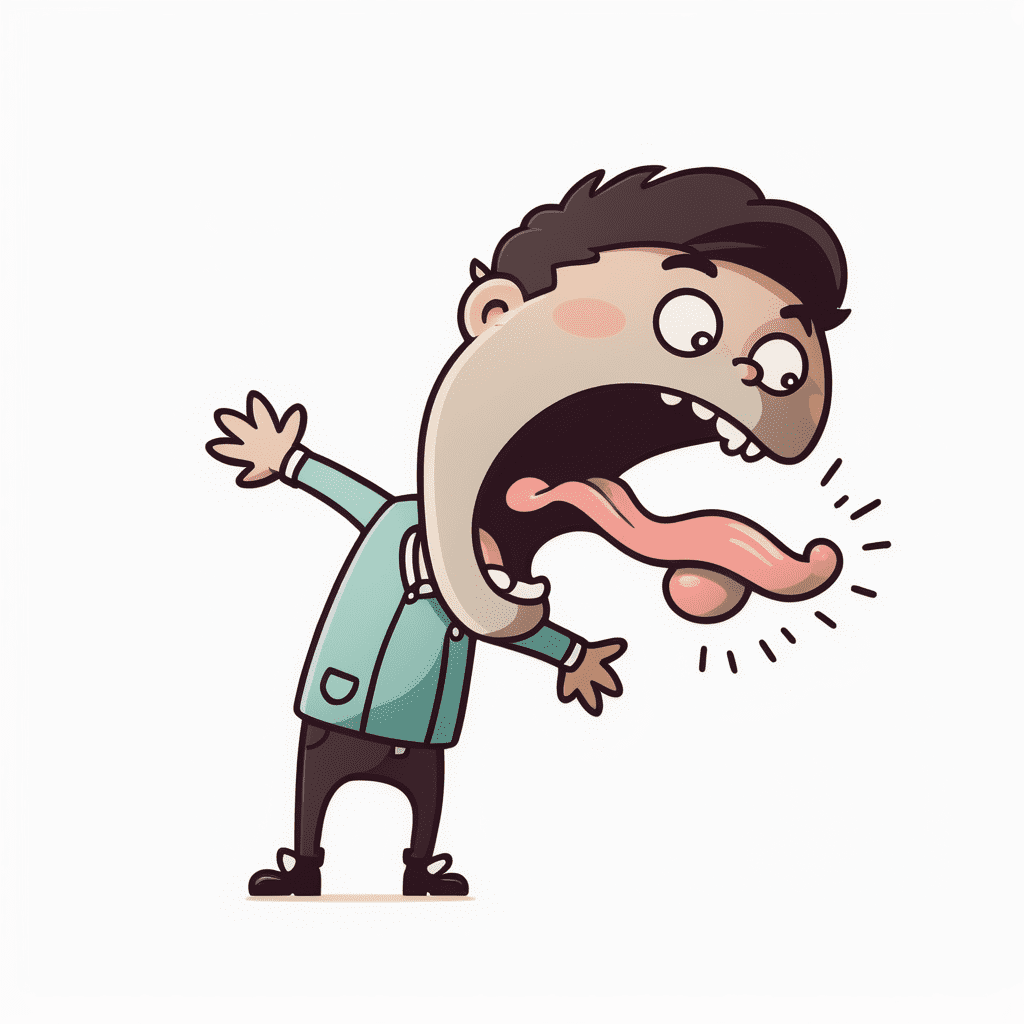How to write Chinese characters

I. How to Remember the Structure of Chinese Characters
Chinese characters are ideographic characters. Each character is like a painting with its own unique story. For example, the character "日" (sun) is like the shape of the sun. This is closely related to its meaning related to the sun and time. This ideographic nature makes Chinese characters unique in the world's writing systems and full of charm, attracting many foreigners to learn.
《说文解字》"Shuowen Jiezi" is an important classic for understanding the structure of Chinese characters. It analyzes the radicals, glyphs, and meanings of Chinese characters, revealing the construction mysteries of Chinese characters and laying a foundation for remembering the forms of Chinese characters.
The ABC Chinese app is a great help in learning Chinese characters. It designs mnemonic sentences and pictures for Chinese characters and phrases in HSK levels 1-6, including knowledge of Chinese radicals. In the app, Chinese characters and words are accompanied by pictures drawn according to their structures. For example, the picture of the character "日" (sun) may be an image of a red sun, vividly reflecting its meaning and related to its oracle bone script form. There is also an evolution animation from picture to text. For example, the evolution of the character "马" (horse) helps us understand the logic of structural changes. In addition, the "writing mnemonic" for each character enables us to quickly master the writing method and understand the structure. Whether beginners or those with some foundation, this app can help us remember the structure of Chinese characters more easily and efficiently.
II. Strokes: The cornerstone of writing
(I) Basic requirements
Strokes are the smallest constituent units of Chinese characters. For simple strokes like "一" (horizontal stroke), "丨" (vertical stroke), and "丿" (left-falling stroke), you need to remember their names and be able to write them accurately. For example, the character "人" (person) is composed of one left-falling stroke and one right-falling stroke.
(II) Writing characteristics
When writing strokes, follow regular script norms. Horizontal strokes should be flat, vertical strokes should be straight, left-falling strokes should have a tip, and right-falling strokes should have a foot. For example, when writing the character "十" (ten), the horizontal stroke should be stable and the vertical stroke should be vertical so that the whole character appears upright.
III. Stroke order: The sequential rules of writing
(I) Direction and rules
Stroke order stipulates the sequence of writing strokes of Chinese characters. Correct stroke order can help you remember Chinese characters faster and write more smoothly. For example, "write horizontal strokes first and then vertical strokes." For the character "木" (tree), write a horizontal stroke first, then a vertical stroke, followed by a left-falling stroke and a right-falling stroke.
(II) Stroke order mnemonics and rules
Remember this mnemonic: "From top to bottom is the main rule, from left to right is the auxiliary rule. If top, bottom, left, and right are all present, group according to levels; when horizontal and vertical strokes intersect, write the horizontal stroke first. When left-falling and right-falling strokes intersect, write the left-falling stroke first." For example, for the character "回" (return), write the upper "口" (mouth) first (from top to bottom), and then write the lower "口"; for the character "人" (person), follow from left to right and write the left-falling stroke first and then the right-falling stroke; for the character "夫" (husband), because there is an intersection of left-falling and right-falling strokes, write the left-falling stroke first, then the horizontal stroke, and then the right-falling stroke.
IV. Components: Important elements of character formation
(I) Function and composition
Components are units composed of strokes that can be used to form Chinese characters. Radicals and character parts are all components. For example, the "女" (female) radical. There are many characters with it as a component, such as "妈" (mother), "妹" (sister), and "姐" (elder sister). These characters are all related to females.
(II) Learning focus
Learning components can help you quickly recognize and write Chinese characters. When you know that the component "木" (tree) means related to trees, then when you see characters like "林" (forest) and "森" (dense forest), you can guess their general meanings and it will be easier to remember their structures when writing.
V. Structure: The beauty of Chinese character layout
(I) Structural styles
Chinese characters have various structures, such as top-bottom structure (like the character "尖" (sharp), with the top small and the bottom large), left-right structure (like the character "明" (bright), with "日" (sun) on the left and "月" (moon) on the right), and surrounded structure (like the character "国" (country), with the outside frame surrounding the "玉" (jade) inside). Different structures have different writing points.
(II) Writing precautions
When writing, make the proportions of each part of the Chinese character coordinated. For example, when writing a character with many strokes and left-right structure like "谢" (thank), the left and right sides should be evenly distributed and not one side large and one side small so that the character is beautiful.
VI. Writing skills and methods
Practice common radicals more, such as the three-dot water radical (found in characters like "江" (river), "河" (river), and "湖" (lake)), and the single-person radical (found in characters like "他" (he), "们" (plural marker), and "你" (you)). Also, practice high-frequency Chinese characters more. Characters in daily expressions like "你好" (hello) and "再见" (goodbye) can help you get started with writing Chinese characters faster if you master them well.
VII. Inspiring interest and cultural charm
You can inspire interest in Chinese character writing through some interesting ways. For example, write your own name in Chinese characters and make Chinese character bookmarks. Understanding the culture behind Chinese characters, such as the evolution of a Chinese character in different historical periods. For example, the changes of the character "马" (horse) from oracle bone inscriptions to the current simplified characters can let you feel the profound cultural connotations of Chinese characters and thus make you like writing Chinese characters more.



